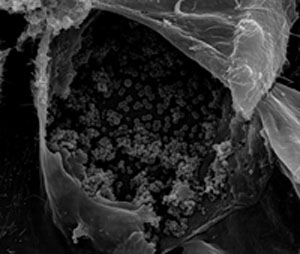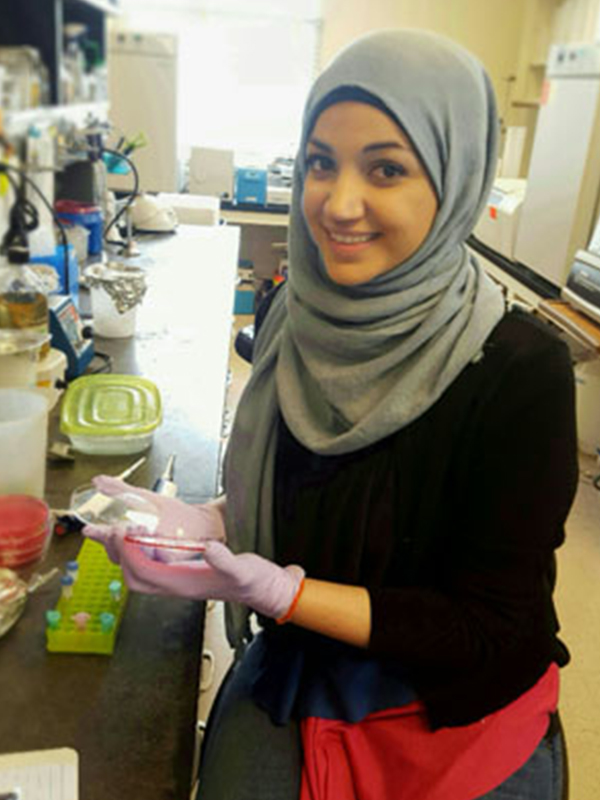Research
The Lutter Lab has two main areas of research that focus on host-pathogen interactions at mucosal sites:
1. Chlamydia trachomatis: My lab is interested in mechanisms of host-cell exit, transmission and molecular pathogenesis of the obligate-intracellular pathogen C. trachomatis. C. trachomatis causes infections that have significant global medical and economic impact. Itis the leading cause of infectious blindness (trachoma) worldwide and the most reported bacterial sexually transmitted infection in the United States. As an obligate intracellular pathogen with a complex bi-phasic developmental life cycle, the ways in which C. trachomatis utilizes host signaling processes for survival and transmission are poorly understood. Until recently, C. trachomatis was genetically intractable but the latest advent of transformation methods has enabled the development of genetic tools to mutate, complement and express genetic constructs within C. trachomatis. Our research uses a combination of these newly developed genetic tools and cellular biology to address my goal of deciphering the interaction of Chlamydial proteins and myosin phosphatase and their role in host-cell exit and the transmission of C. trachomatis.
2. Pathogens of Cystic Fibrosis Patients: Our research interests are focused on the pathogenic mechanisms and microbiome populations of the opportunistic pathogens Pseudomonas aeruginosa and Staphyloccus aureus. Through a collaboration with the Cysitc Fibrosis Clinic in Oklahoma City our lab has collected and recovered a variety of pathogens from the CF lungs of patients here in Oklahoma. We focus on understanding the acquisition of antibiotic resistance and antibiotic resistance genes. We are also interested in understanding the mechanisms behind bacterial interactions that lead to the chronic infections of the CF lung. Understanding how these infections develop and the displacement of commensal bacteria may one day lead to enhanced patient specific therapeutic treatments.


